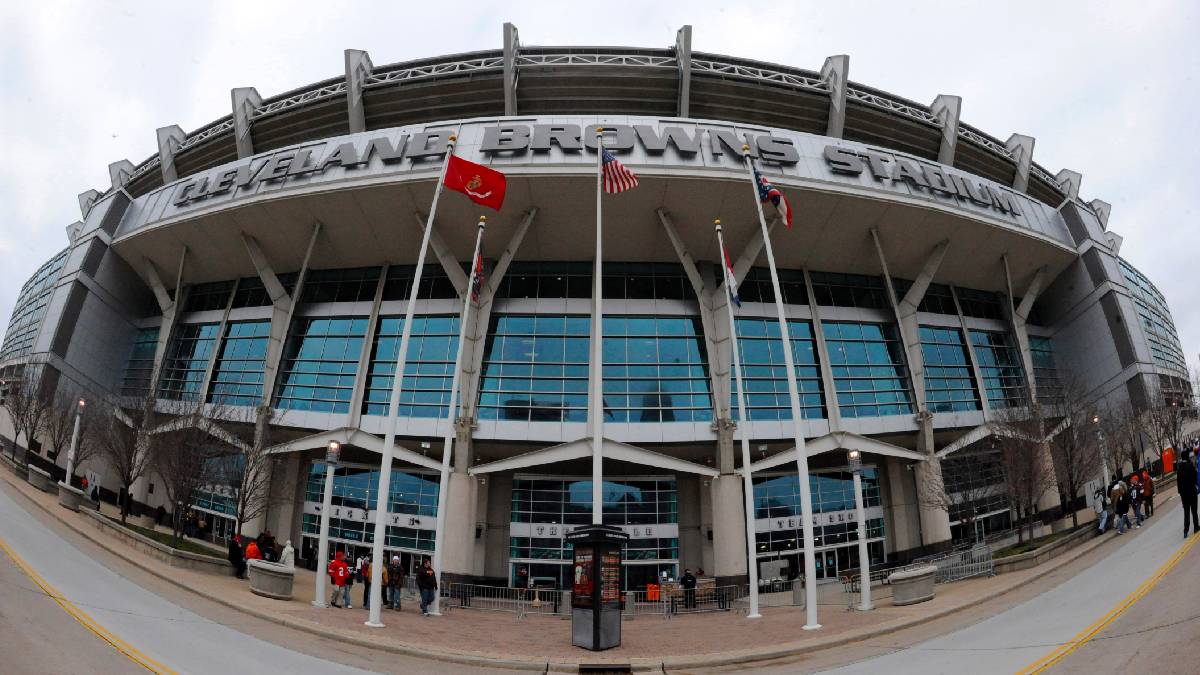As Ohio lawmakers race to finalize the state budget by June 30, a new proposal is gaining traction that could reshape how sports teams in Ohio are funded.
Governor Mike DeWine and State Senator Bill Blessing are leading the charge, advocating for an increase in the tax on sports betting. The goal? Establish a sustainable funding model for future stadium projects across The Buckeye State.
Ohio is among the states that contributed to a record-setting year in sportsbook revenue in 2024. This move also comes at a time when Ohio is considering legalizing online casinos.
Current Plans for Stadium Funding
Right now, $600 million in bonds is earmarked for a new stadium for the Cleveland Browns. However, other teams, such as the Cincinnati Bengals, are left without financial plans for their facilities.
The lack of an inclusive framework has sparked debate. Imagine what a permanent fund could do—not just for the Browns but for every professional sports team in the state. Senator Blessing summed it up well in an interview with WKRC-TV, saying, "If you do it for the Browns, eventually the Bengals, the Reds, the Guardians, the Cavs, and the Blue Jackets. I mean, we could go on. Are we all going to want a piece of the pie?"
The Proposed Ohio Sports Betting Tax Hike
Blessing and Governor DeWine are both pushing for a hike in the tax on sports bets. Governor DeWine proposes to double the existing tax from 20% to 40%. Meanwhile, Blessing's bill proposes a slightly smaller increase to 36%.

Regardless of the final percentage, this increased tax revenue would be dedicated to a fund supporting arena and stadium projects. If passed, Ohio could soon become the second-most expensive market for sports wagering operators, trailing only New York with its 51% tax rate.
In 2023, DeWine had already successfully pushed for a tax increase from 10% to 20%. That move shifted Ohio from a gambling-friendly state to one with higher tax rates.
What This Means for Ohio Sports
With an estimated $160 million per fiscal year expected to flow into this new fund, sports teams would have robust financial backing for their stadium plans. A seven-person commission will vet these proposals, ensuring that projects are well thought out and equitable.

Of course, there's a catch: the teams will need to commit their resources to these projects. As Blessing puts it, "There's got to be some private sector buy-ins, so the teams have to have skin in the game."
Joe Cobbs from Northern Kentucky University argues that this could help structure discussions about funding as teams continue to seek state support. Furthermore, Blessing assures residents of Ohio and Hamilton County that they will not see an increase in their taxes due to this proposal.
History of Sports Betting Taxes in Ohio is Fluid
To fully understand why this proposal matters, it's important to examine the history of sports betting taxes in Ohio.
Sports betting has always been a contentious issue in the state. Initially, the tax rate on sports bets was a low 10%, which made Ohio an attractive market for gaming operators. However, in 2023, Governor DeWine successfully pushed a budget that elevated the tax rate to 20%.
This jump shifted the state from a low-tax haven to a higher-tax environment. This was partially due to a growing trend among states looking to generate more revenue from the booming sports betting market.
Will Ohio's Sports Betting Tax Rate Go Up?
House Finance Committee chair Brian Stewart has made it clear that most of his caucus is not in favor of tax hikes.
And while the proposal was removed from the House's version of the budget, Senator Blessing remains hopeful it will be reinstated. Other states like Maryland and Illinois have successfully leveraged taxes on gambling to fund stadium projects, setting a precedent Ohio could follow.

The possibility of passing this legislation offers an exciting opportunity for Ohio. With growing needs for modern sports facilities, it presents a sustainable financial model that could ensure all of the state's teams have access to the resources they need. As discussions continue, all eyes are on Ohio lawmakers to see if they can turn this vision into reality before the June 30th deadline.








